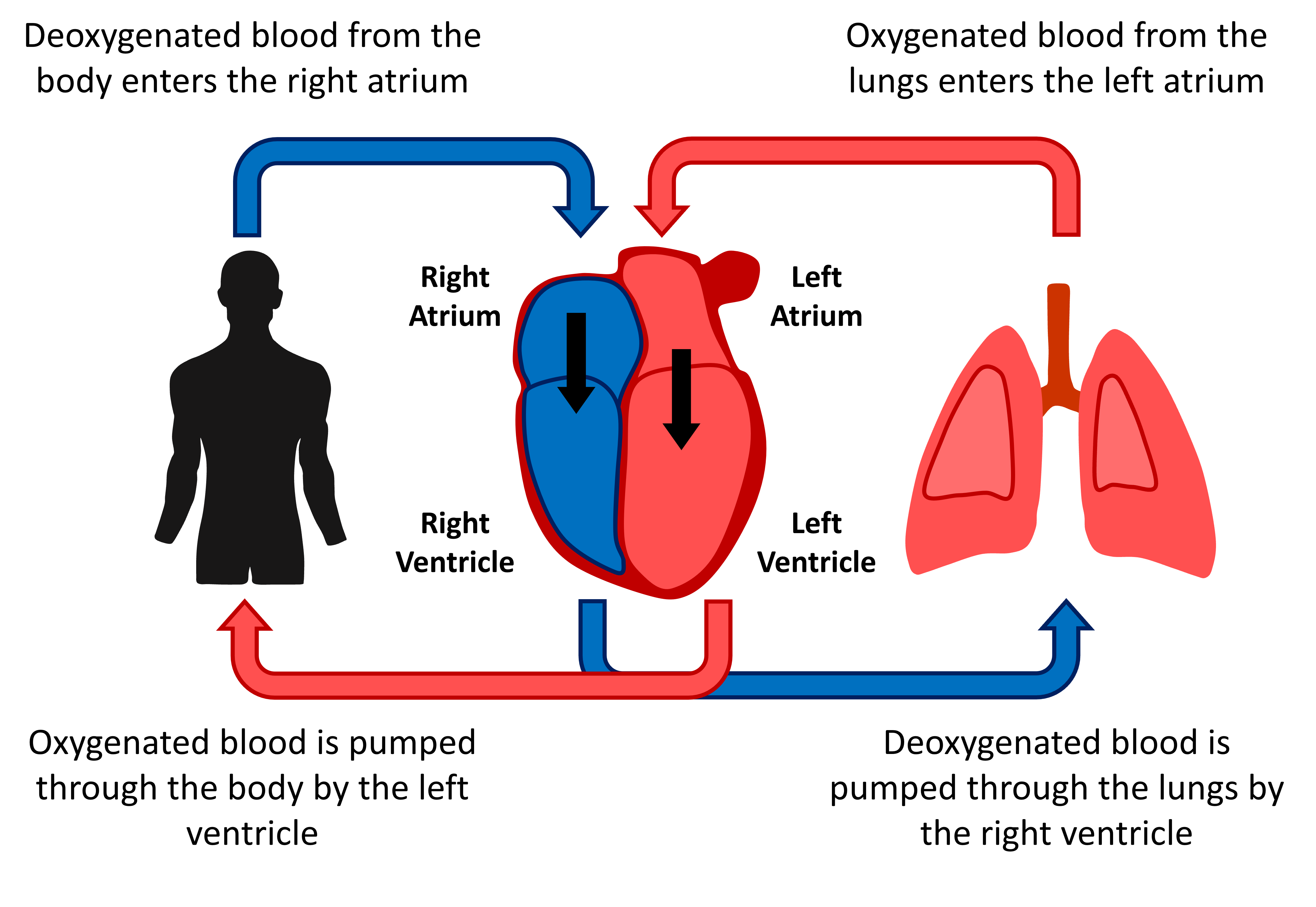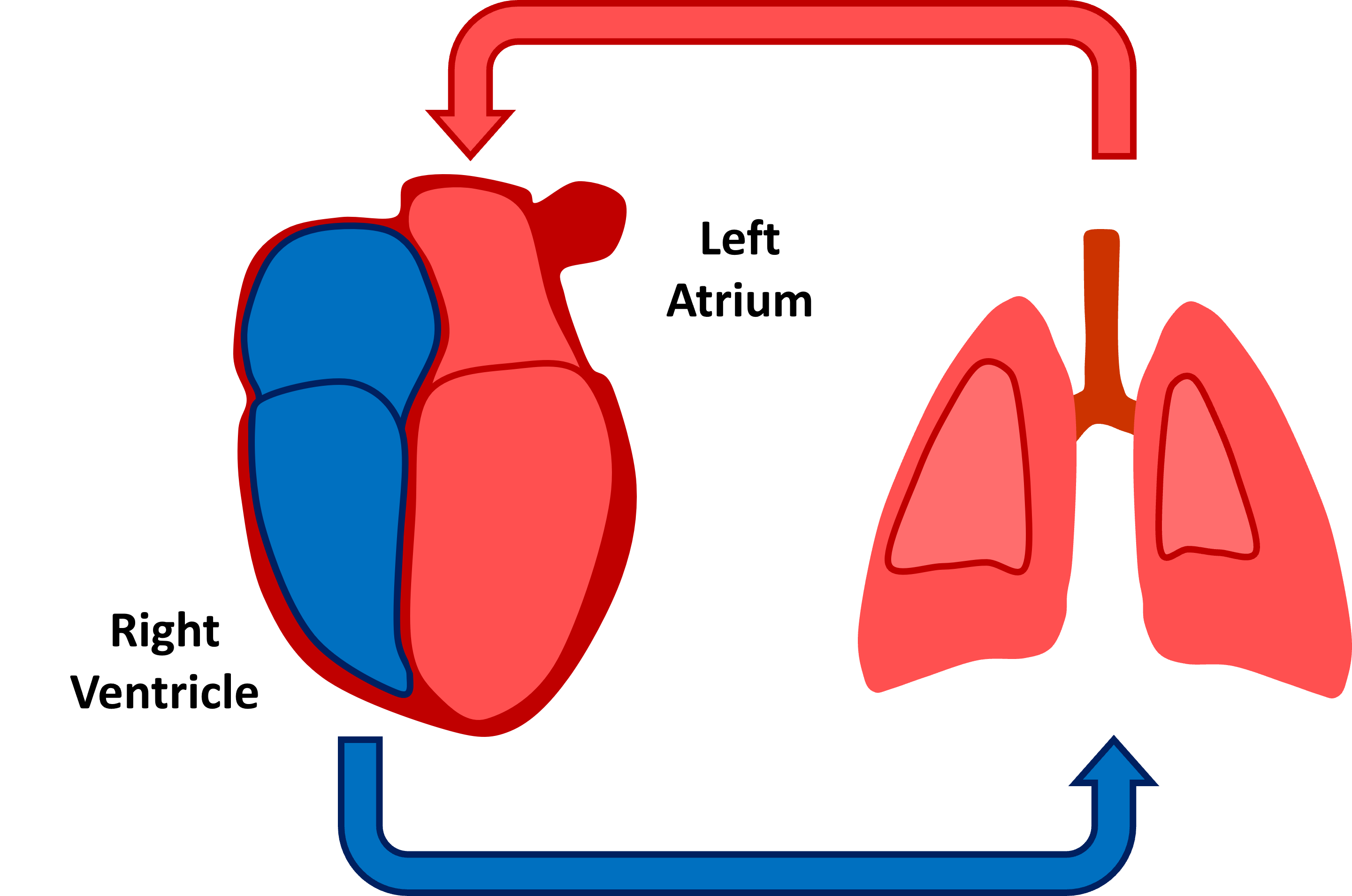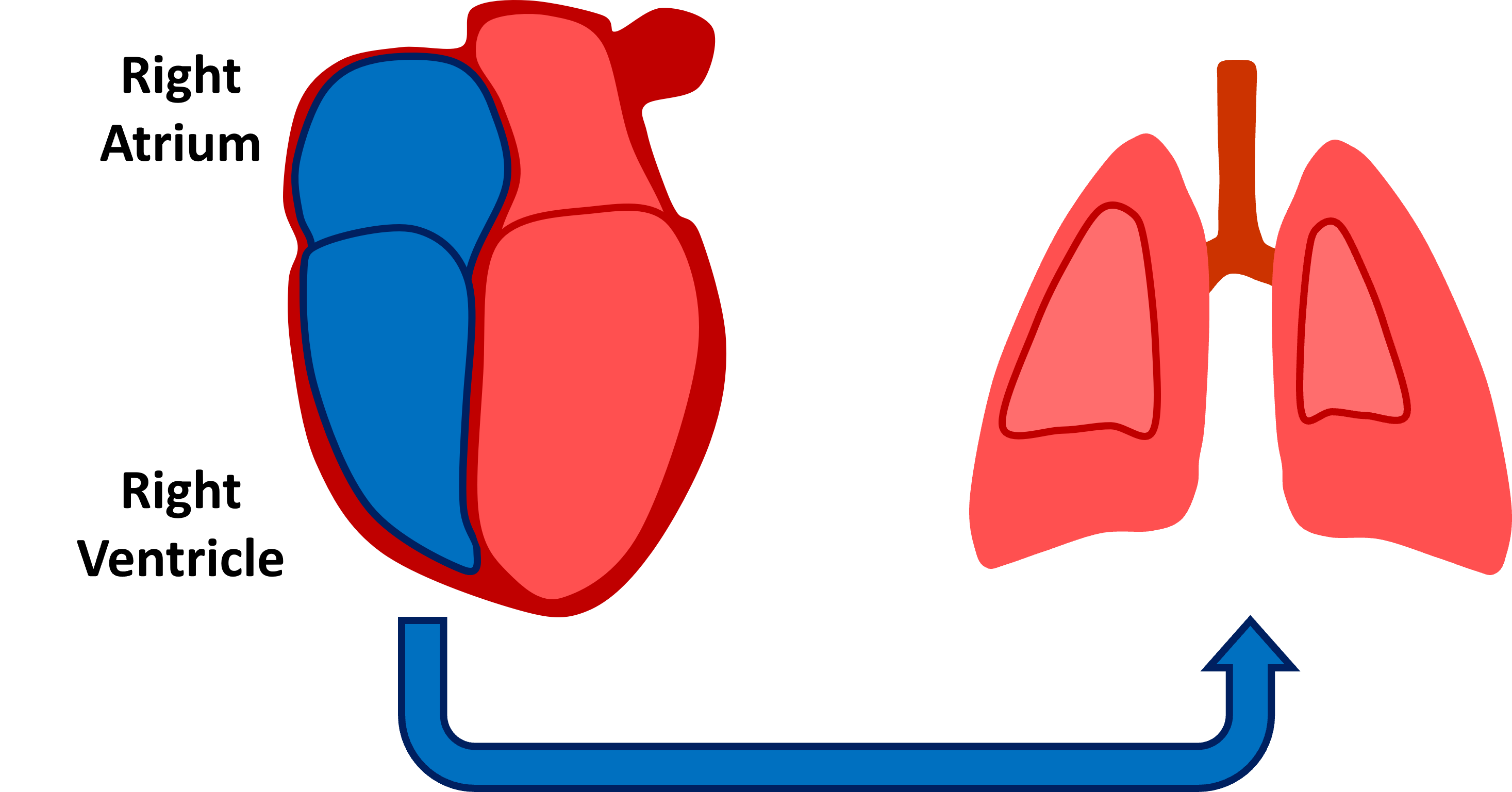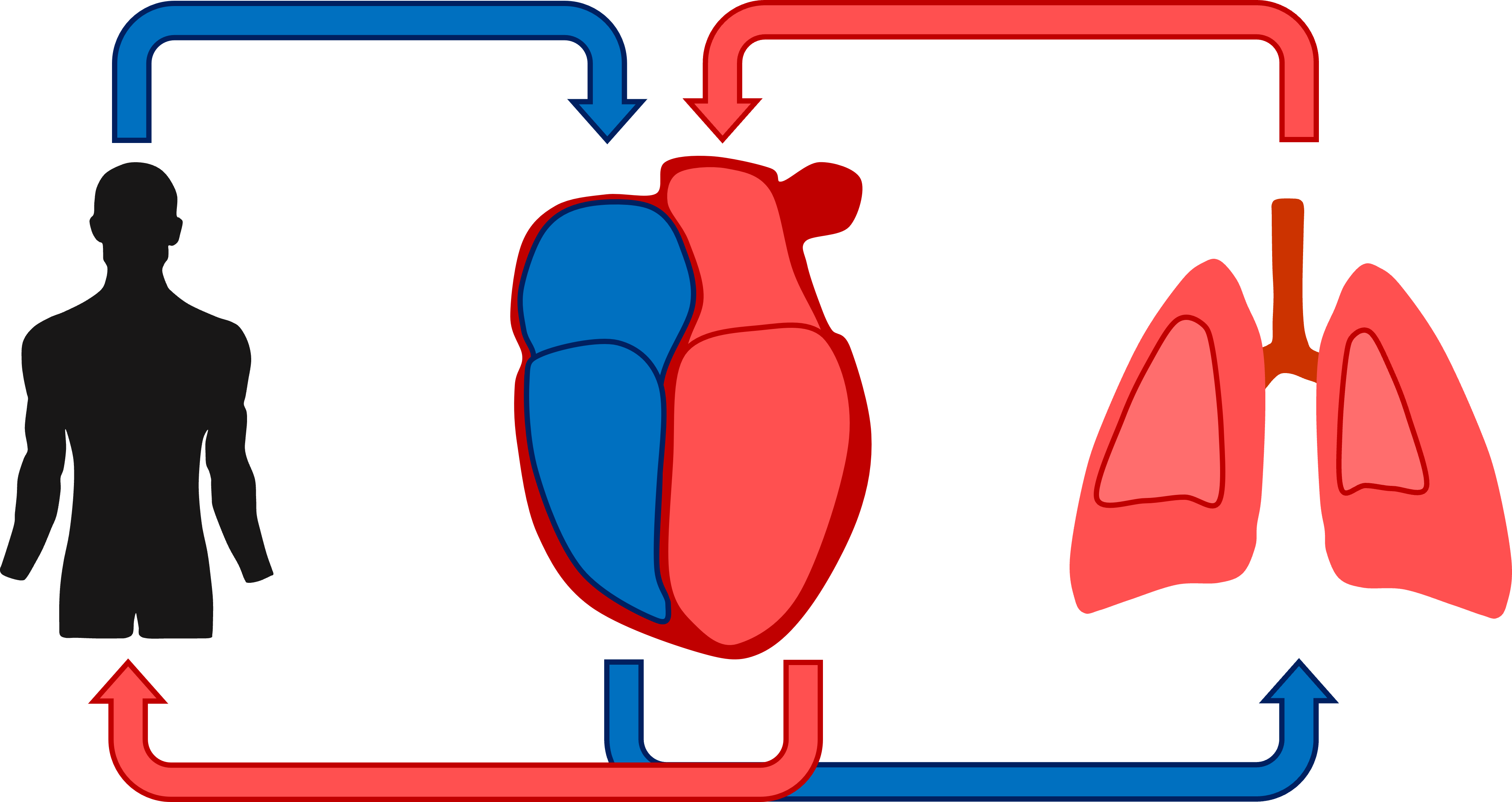Pulmonary arterial hypertension (PAH) is a rare, life-threatening condition characterized by elevated blood pressure in the arteries which carry blood from the heart to the lungs. The high blood pressure means that the heart needs to work harder to supply the lungs with blood, which weakens the heart over time, and can eventually lead to heart failure. Recently, a pilot study – APPRoAcH-p – evaluating apabetalone for the treatment of PAH was completed, showing promising early results.
Publication Highlights Include:
- All patients completed the 16-week trial without discontinuation or dose reduction, suggesting that apabetalone was well tolerated in the study population
- Patients treated with apabetalone exhibited a reduction in pulmonary vascular resistance (PVR) at 16 weeks, the key exploratory efficacy endpoint of the study
- Apabetalone treatment was also associated with improved cardiac output (CO) and stroke volume (SV) over the 16-week treatment course
This primer provides a brief overview of the outcome measures used to evaluate PAH treatments, and how to interpret the findings of this study.
Overview
The circulatory system contains two circuits: 1. the systemic circuit, in which oxygen-rich blood is pumped throughout the body, oxygenating tissues and carrying away carbon dioxide; and 2. the pulmonary circuit, in which deoxygenated blood returning from the body is pumped through the lungs to replenish its oxygen and expel carbon dioxide. High blood pressure in the second circuit, the pulmonary circuit, is what characterizes PAH.

Pulmonary Vascular Resistance
What is it:
The resistance that the heart must overcome to pump blood from the right ventricle, through the lungs, and into the left atrium is called the Pulmonary Vascular Resistance (PVR)
How is it related to PAH:
Pulmonary vascular resistance is higher than normal in patients with PAH. With PAH disease progression, blood vessels within the lungs narrow, increasing the overall resistance to blood flowing through the lungs. To compensate for the added resistance the heart must work harder to continue pumping blood through the lungs. Reducing pulmonary vascular resistance would be a positive outcome for a PAH patient.

Stroke Volume
What is it:
The volume of blood leaving the right ventricle, and going to the lungs, with each heartbeat is known as the right ventricular Stroke Volume (SV).
How is it related to PAH:
Stroke volume is lower than normal in patients with PAH. Higher resistance to blood flow in the pulmonary circuit reduces the amount of blood pumped out of the right ventricle with each heartbeat. Increasing stroke volume would be a positive outcome for a PAH patient, as it is a direct measure of right ventricular function. A 2011 study found that 8 to 12 mL increase in stroke volume would represent a clinically significant improvement.
Cardiac Output
What is it:
The total volume of blood being pumped out of the right ventricle each minute is known as the right ventricular Cardiac Output (CO). It is calculated by multiplying the stroke volume (volume per heartbeat) with the heartrate (heartbeats per minute).
How is it related to PAH:
In the early stages of PAH, cardiac output is often within the normal range. As the stroke volume decreases, a patients average heartrate increases to compensate for the reduced blood flow. As the disease progresses, and the heart begins to weaken, this compensation may no longer be possible and cardiac output may drop. Increasing cardiac output in PAH patients may be a positive outcome, as it could indicate improved right ventricular function.
Mean Pulmonary Arterial Pressure
What is it:
Mean pulmonary arterial pressure (mPAP) is the pressure measured in the pulmonary artery, which carries blood from right ventricle of the heart into the lungs. It combines systolic pulmonary arterial pressure – the higher pressure measured when the heart beats, with the diastolic pulmonary arterial pressure – the lower pressure measured between heartbeats.
How is it related to PAH:
Mean pulmonary arterial pressure is a key diagnostic criteria for PAH. When vascular resistance in the lungs is increased, the pressure in the pulmonary artery rises as the right ventricle forces blood through the pulmonary circuit. Even mildly elevated pulmonary arterial pressure is associated with higher risk of disease progression and mortality.

Right Atrial Pressure
What is it:
The Right Atrial (RA) pressure is blood pressure measured in the right atrium of the heart, where deoxygenated blood collects as it returns from the body.
How is it related to PAH:
Right atrial pressure is an established prognostic measure in PAH. One-way valves in the heart ensure that blood only flows in one direction, so when the right ventricle encounters more resistance to pumping blood through the pulmonary circuit pressure within the right atrium increases in tandem. Higher right atrial pressure is associated with worse outcomes, including increased risk of mortality in PAH patients. Lowering right atrial pressure would be a positive outcome.
Summary
The APPRoAcH-p study evaluated the potential of apabetalone as a treatment for PAH, measuring key hemodynamic parameters at baseline and following 16 weeks of apabetalone treatment. Over the course of the trial, meaningful improvements in pulmonary vascular resistance, stroke volume, and cardiac output were observed in nearly all study participants. Small decreases in right atrial and mean pulmonary arterial pressure were also seen on average. Though early, these results are very encouraging and highlight the need for a larger study of apabetalone for PAH.

